Friday saw Nell and I headed down south to the Red Wing garden for an overnight after work. Down there I needed to pick green beans, tomatoes, and the corns that were drying down.
That is what I did until nightfall. Nothing too strenuous. A couple of gallons of Czech Bush tomatoes, maybe a gallon of green beans, and a few dozen ears of corn, which was most of what was left to harvest of the Mandan White Flint corn, and the Wamneheza flour corn.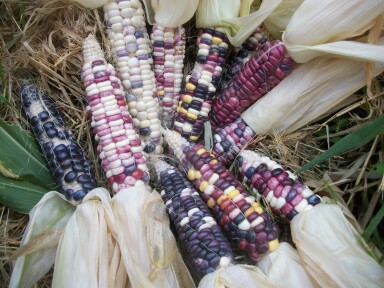
The Iroquois White Flour is looking spectacular still. No animal damage and ears are filling out.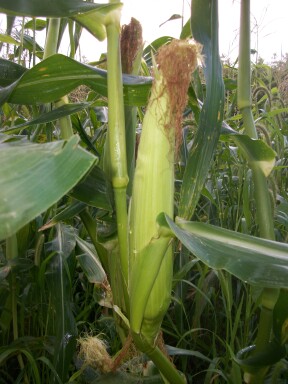
Dakota Rainbow Flint is looking much the same. Ears are a little thinner but I assume that is because the flints will have a smaller kernel on the cob.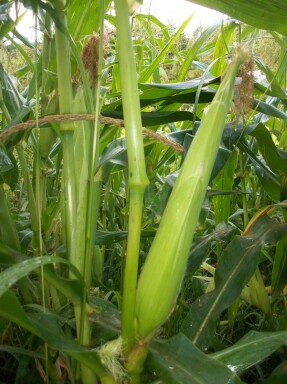 Though my larger melons at the other gardens I have are struggling, the Arikara melons here are doing well. With a quick glance over the patch I saw three melons that should be ripe by next weekend. These get a little larger than a softball, taste good, but are seedy. I don’t mind watermelon seeds, but to those who are used to the sterile seedless melons I suppose they think things like this are a pain to eat. Personally, I am not going to grow a sterile plant intentionally.
Though my larger melons at the other gardens I have are struggling, the Arikara melons here are doing well. With a quick glance over the patch I saw three melons that should be ripe by next weekend. These get a little larger than a softball, taste good, but are seedy. I don’t mind watermelon seeds, but to those who are used to the sterile seedless melons I suppose they think things like this are a pain to eat. Personally, I am not going to grow a sterile plant intentionally.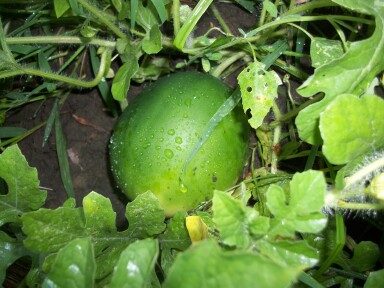
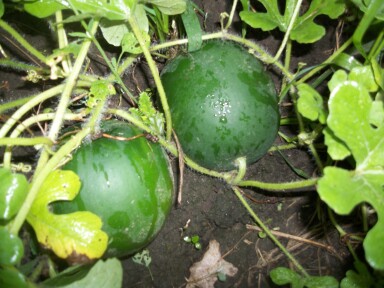
Saturday morning Nell and I packed up my dad’s truck and we headed to Eau Claire Wisconsin to help out cleaning my Grampa Tom’s house. He is in a memory care unit, which is sad, and the house is nearly empty. I had not had time to get out there to help out or go through things to see what I might want to take for myself.
Nell and I spent the day there, helping clean and haul an assortment of collected detritus out to a 30 yard dumpster my aunt Alice had there. Amazing how things can pile up over a person’s life that at the end of it no one else wants.
I did find a collection of photos he had taken when in a photography club back when he was in high school that I took. They are all matted and many had stickers on the back indicating locations they had been shown all over the country. He had a good eye with a camera. There were some general hand tools, gardening implements, tomato cages and his drafting board that we took with us as well.
In the evening we made the drive back to Red Wing, had dinner there and unloaded the truck, then headed home. We made it in time for me to tuck all of my kids into bed and for me to actually get a good night’s sleep. Well deserved I may add. Solid from 11 pm to 7 am Sunday morning.
When I did get up, I microwaved the old coffee still sitting in the coffee maker, and when I was done with that I headed off to the Ness farm. There I cut sunflowers and gathered squashes. The Knife River landrace squash is an incredibly early winter squash. Some of the vines had already dried down and I found the squashes nestled in the weeds under the sunflowers. Summer squashes I am growing there are more bushing types and the clusters of fruits are easy to find. The Gnadenfeld F2 melons I planted are setting fruits, though they are not ripe yet. At the moment they look to be about 4 pounds in size and there is more than one I saw.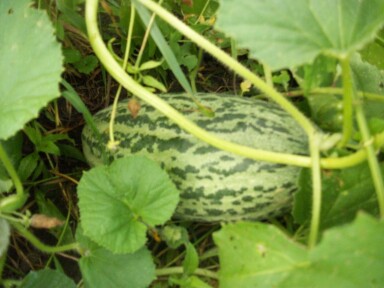 I worked until 11 am there and then headed home.
I worked until 11 am there and then headed home.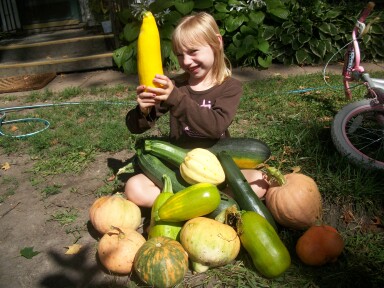
We had an afternoon swimming and dinner with friends in Saint Paul planned, so I got the dehydrators set up, sliced as much of the summer squashes as would fit into them, packed up the car with the kids, Patti and swimming gear and we headed over. Nice to play in a pool, drink home-made beer, eat outside and play card games for the afternoon. Not something I have too many opportunities to do.
When we got home it was time to clean up the kitchen and start processing tomatoes. Finally, I had enough to do a real batch of red sauce to put up for the winter. It was a mix of many different varieties, the greatest amount of them being Siberian and Czech Bush tomatoes, but there were also Rumi Banjan, Christoper Columbus, San Marzano, Black Triffelle, Nell’s Sweetheart, and a few Sasha’s Altai. I seeded and set up fermenters for all of the seeds, and the first seeds I had saved earlier in the month were ready to be packed in Zip-Lock bags.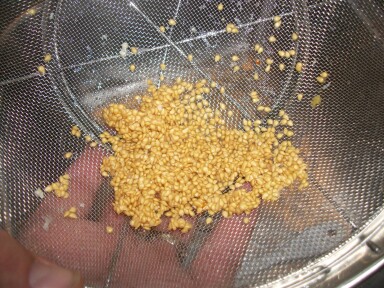
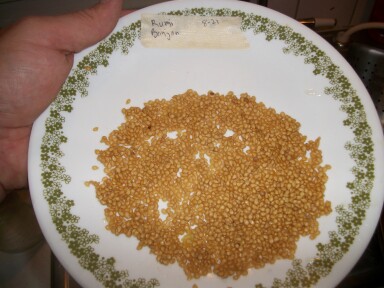
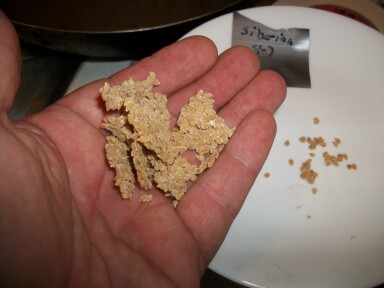 The tomatoes ended up being about 3 gallons of puree. I divided it between two stock pots in which I had sauteed a couple of large crushed and chopped garlic cloves in olive oil. As I type the last of them is finishing reducing and the back of the house is a good 15 degrees warmer than the front. We shut the door to the kitchen, opened the sliding door to the deck, and until I am done it is going to stay that way.
The tomatoes ended up being about 3 gallons of puree. I divided it between two stock pots in which I had sauteed a couple of large crushed and chopped garlic cloves in olive oil. As I type the last of them is finishing reducing and the back of the house is a good 15 degrees warmer than the front. We shut the door to the kitchen, opened the sliding door to the deck, and until I am done it is going to stay that way.
Though the whole house smells heavenly right now.


I love your blog my friend. At the same time rich with a personnal touch and very informative. It is great that you document so many things with pictures, it will help a lot of people to learn how to do things…Now you’ll have to educate me on that blog thing…lol
Speaking of GNADENFELD F-2, let me precise a thing: it should be adding OP to the end of the name: Gnadenfeld looks like your average muskmelon but grows in Manitoba. A bit further south, it gives a really sweet orange flesh melon. The melon I sent you seeds from was green fleshed. So I suspect it was unintentionnally crossed ( read: by a bee or else) to a green flesh. The seed company, still getting orange flesh in the next generation, did not suspect the problem, selfed itagain and 25 % of the melons ended up green, since the gene is recessive. But looking at the skin color, it is clear the bees went at work again. This time it looks like LUNÉVILLE, which was close by became a pollen donor. It could be a few other ones, but since you told me the melon was big, a definite characteristic of LUNÉVILLE ( and my other big ones were very different) . But it can also be hybrid vigor…if your plant lasts longer than the others, it will be another clue towards LUNÉVILLE.
In any case you are growing a new F-1, one no doubt with great genetics as the only melons that did set flower and fruit ( I started 200 cultivars) were the few 20 or so that resisted without help to a very serious and devastating powdery mildew outbreak.
So, you lucky you, next year you should have 25% green fleshed melons from it if it was selfed, and all with amazing genetics, and the orange fleshed ones too mind you…
Good work my friend, you are inspiring me, and I needed that!!!
Michel Lachaume
So, with such varied genetics, I assume that stability is not in the near future for this one . So, when will I know it is ripe? Like a watermelon? Look for the bottom turning yellow? Or should it sluff it’s stem?